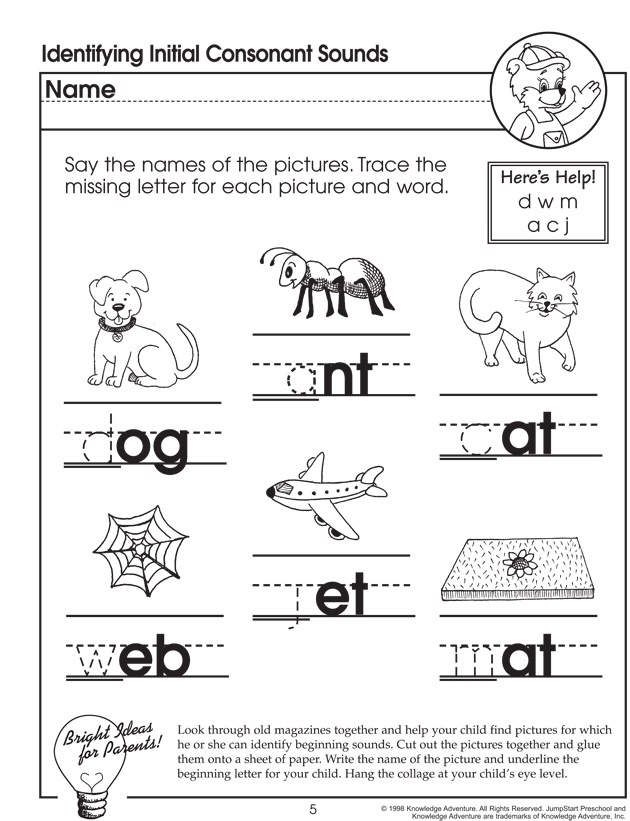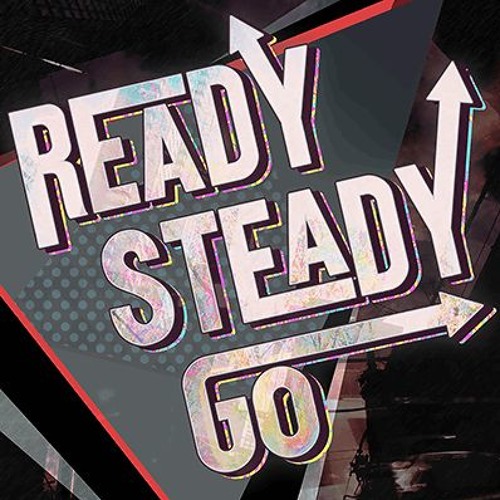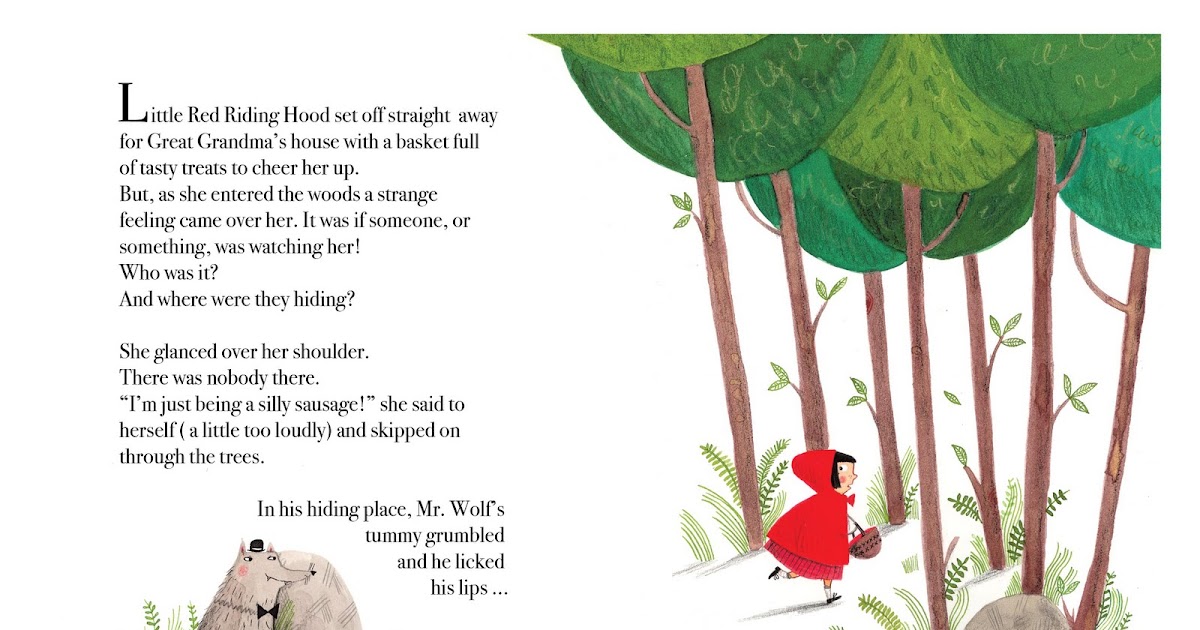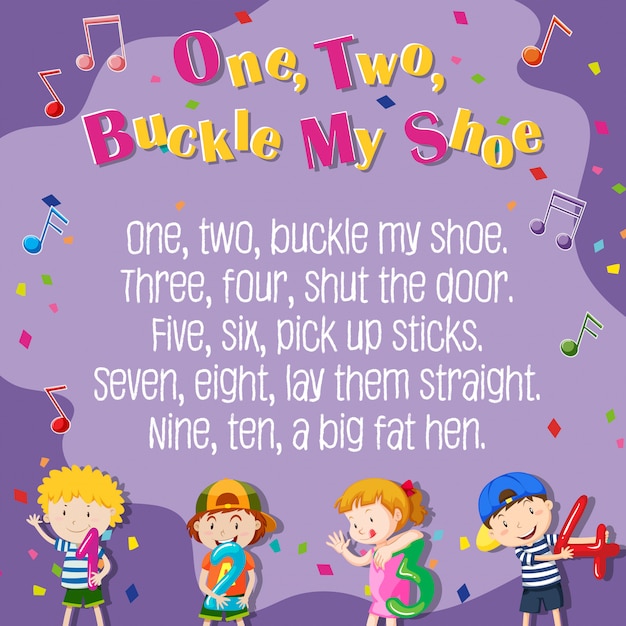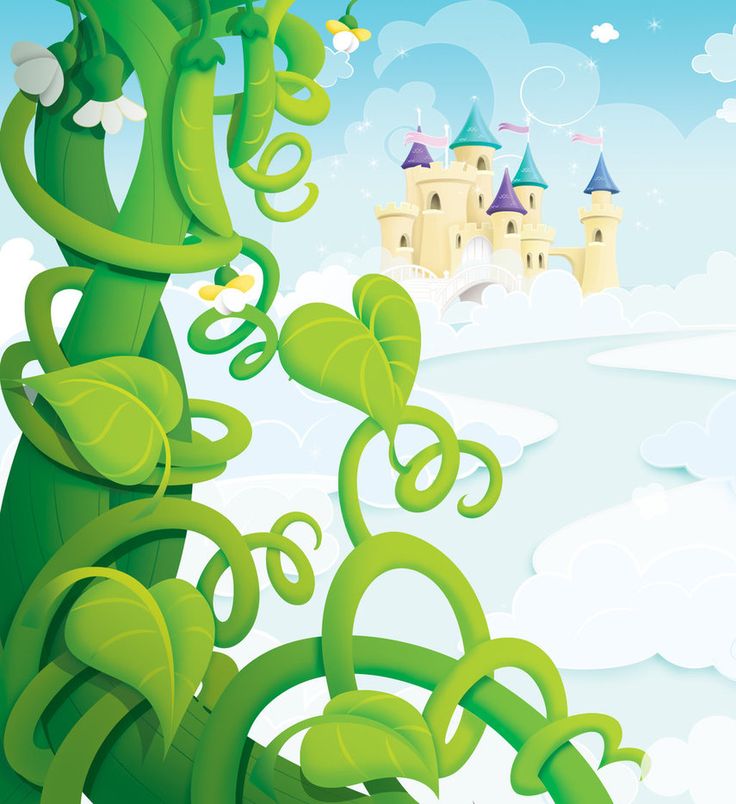Teach numbers 1-10
Teaching Numbers 1 to 10 with Fun Activities
When kindergarten students arrive at the beginning of the year, there is usually a wide range of knowledge when it comes to numbers. Some students have strong number sense and can recognize numbers to ten (and beyond!) while other students are still working on counting by rote to 10. In this post, I wanted to share some tips and resources for teaching numbers 1 to 10. These number sense activities and printables will support all of the learners in your classroom as they learn to count, identify, and write numbers.
Activities for Teaching Numbers 1 to 10
I love teaching numbers in kindergarten! It is one of the first things that we do at the beginning of the year. We focus on one number at a time, which helps students build a strong foundation for numbers that will serve them well for the entire school year and for years to come! This pace also helps to make sure that all students are comfortable with the first ten numbers before moving on to other concepts.
Here are some of my favorite activities and resources that I use when teaching numbers 1 to 10 in kindergarten:
Trace, Write and Find
At the beginning of the year, many students can recognize a number by its spoken word but do not yet recognize the written numeral or word. Before we move on to other number sense activities, it’s helpful to start by helping students associate the written number with the number word that they hear when counting.
After practicing number formation together as a class, you can have students complete a trace, write, and find worksheet. This will help students practice writing and recognizing the number of the week.
Rainbow Writing
This is another activity that will help students become more familiar with each number’s formation. Students love filling in the number outlines with rainbow coloring, paper scraps, or even mini erasers!
This hands-on and engaging activity gives students the chance to explore the unique shape of each number.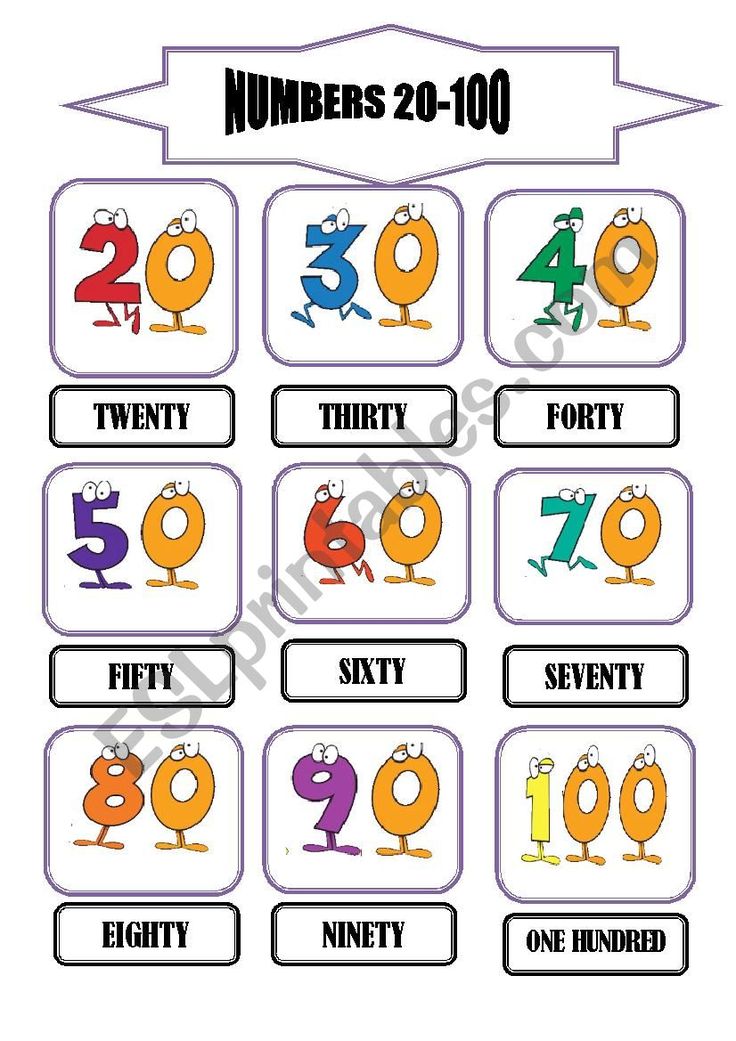
Counting with One to One Correspondence
While most kindergarten students start school knowing how to count by rote, many students still need practice with one-to-one correspondence. When teaching numbers 1 to 10, it’s important to find many ways to incorporate counting throughout the school day, including counting worksheets!
This worksheet has students identify the groups of a target number. As students count the objects in each grouping, they are practicing one-to-one correspondence and can also visualize different quantities.
Ten Frames
Once students can recognize the number of the week and are comfortable with counting to that number, it’s time for more number sense activities! One way to help students represent a number is by using a ten frame. They will use ten frames as tools for many different math skills throughout the year, so it’s helpful to start using them as soon as possible!
This ten frame worksheet has students add the correct number of objects to the frame and then practice writing the number as well.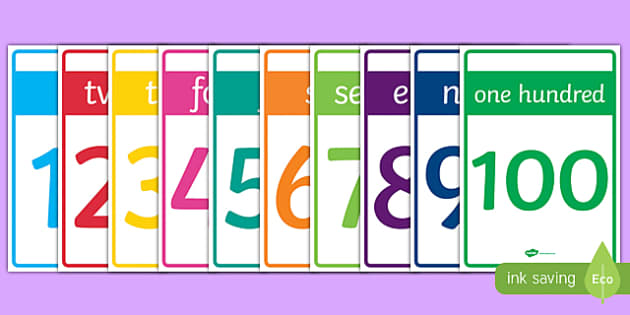 (You can never have too much writing practice in kindergarten!)
(You can never have too much writing practice in kindergarten!)
Number Line
Students will use number lines for a variety of math skills as they get older, so this is another helpful way to represent the number of the week. It can be tricky for students to model numbers on a number line, so I like to practice with a life-size number line on the floor! Students can see first-hand that they count the hops as they move from zero to the correct number.
Understanding number lines will help students when they start to learn about addition and subtraction, so this is an important number sense activity! This worksheet has students use manipulatives to count and model the number of the week on a number line, with more opportunities to practice number formation.
Representing Numbers
Once students have had a chance to see that numbers can be represented in different ways, such as on ten frames and number lines, it’s time to explore other ways to show numbers. Students can learn how to represent numbers using tally marks, with dominoes and dice, on fingers, and more! This helps students build a foundation for using different math strategies when it’s time to add and subtract.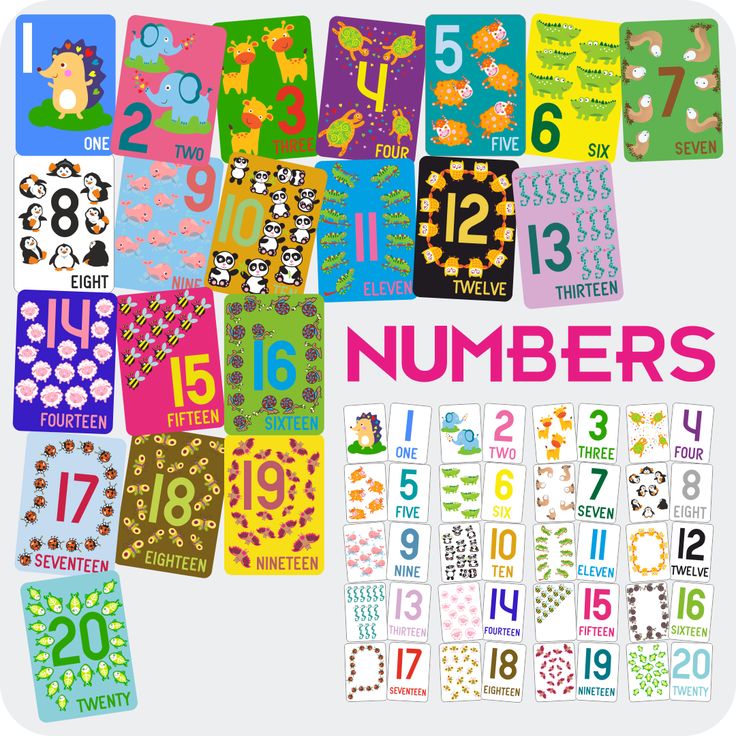
The worksheet above has students find the correct representations of the focus number, then glue it to the worksheet.
All About Numbers
As kindergartners learn more and more about numbers, they are excited to show off what they know!
This fun worksheet allows students to apply everything they’ve learned about the number of the week in one spot. They are always so excited to take these papers home to show their families!
Write Numbers 1-10
Spreading out the numbers by focusing on one per week is helpful for pacing, but it’s important to still provide opportunities for students to review the numbers they have learned. The two activities picture below let students continue to practice number formation and review other number sense concepts for numbers 1 to 10.
Teaching Numbers 1 to 10 Activity Bundle
Would you like to use these fun and engaging learning activities with your students? These printable number sense worksheets will help your students build a strong foundation that will help them in math activities throughout the school year and beyond!
Since the learning activities use the same layout for each number of the week, students will benefit from the predictable routine that this resource provides.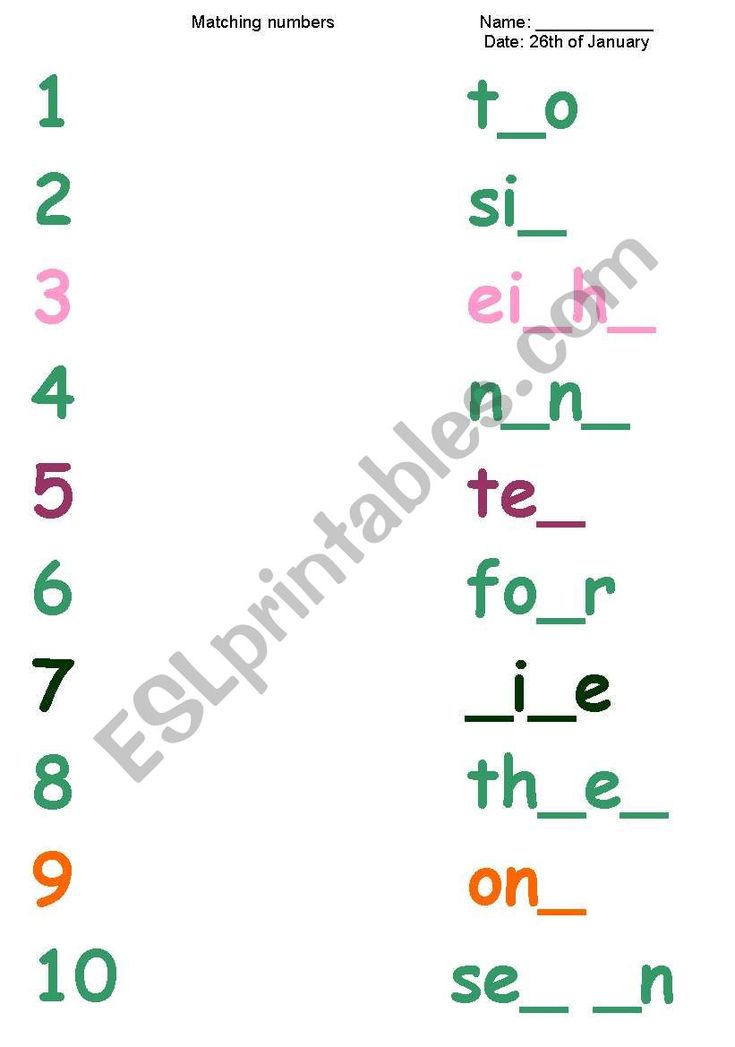 As they grow more familiar with the format each week, students will be able to get right to work when it’s time for independent practice using these number sense worksheets and activities.
As they grow more familiar with the format each week, students will be able to get right to work when it’s time for independent practice using these number sense worksheets and activities.
The best part is that these engaging worksheets correspond to my number sense anchor charts that you can use for each number of the week. As you discuss different representations of each number using the anchor chart, you can reinforce this discussion with a number sense activity.
If you’d like to see everything that is included in this bundle, you can find it in the A Spoonful of Learning Shop or on Teachers Pay Teachers.
Save These Activities for Teaching Numbers 1 to 10
I hope that these activity ideas have given you some inspiration for teaching numbers 1 to 10 in kindergarten. If you’d like some activities for teen numbers, be sure to check out this post.
Are you short on time and want to check back on this post later? Just save this pin to your favorite math board on Pinterest.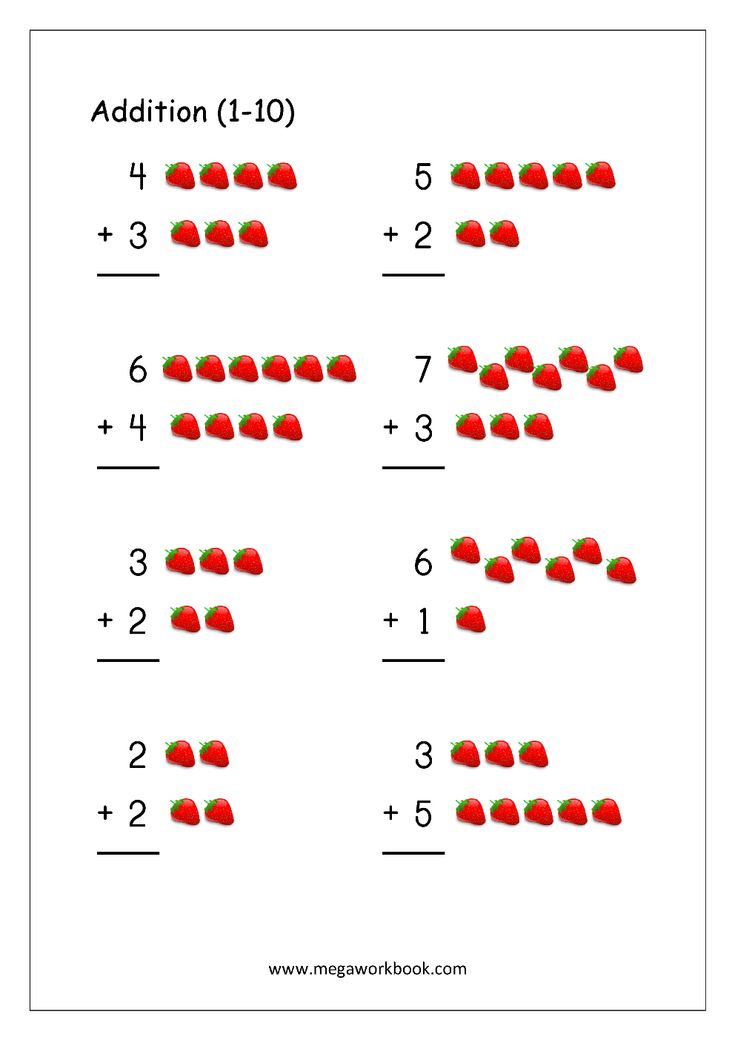 You’ll be able to come back and download this resource whenever you’re ready.
You’ll be able to come back and download this resource whenever you’re ready.
How to Teach Numbers 1-10 in Kindergarten – KindergartenWorks
Number sense and learning to write and use numbers 0-10 is a pretty big deal the first nine weeks of kindergarten.
Here is a set of materials that helps me teach kindergarteners how to form the numerals and teach them how to count one-to-one all the way to ten.
Because, let's be honest.
Lots of kinders come in counting to ten skills - and then also - lots don't. I have found that it's very common to have incoming students that can only count up to four or five objects correctly.
Here's what I created to use in my classroom and you can use it too.
Teach them with a story
Just like I've learned that teaching procedures with a story is very effective, I've learned that teaching numbers with a story is effective too.
But I didn't really like any books that existed because they didn't teach students literally "this is how you count" and "this is how to make a 4.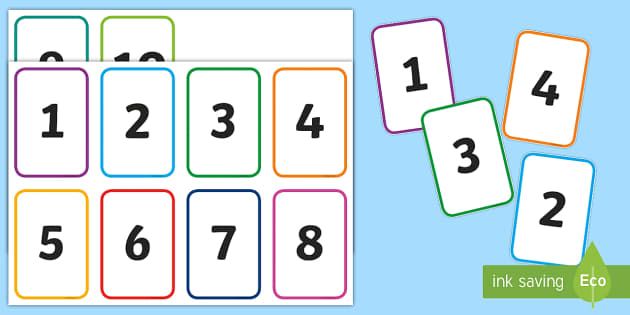 " And that's just what I needed.
" And that's just what I needed.
So, I created the monster numbers book and also turned it into an audiobook.
My kinders love it and it helps me teach a lot in a short amount of time.
It talks about the process of counting 1:1 all the way up to four.
It capitalizes on the fact that most students can count that many objects but pushes them to see that counting uses a pattern that they can apply to every number after.
As a teacher, you simply use the repeated phrases from the book "When you touch one, you say a number. When you touch another one, you say the next number" when you are working with kids who need help counting and touching objects one-to-one.
After that, it goes over easy-to-remember number formation chants to practice forming the numerals correctly.
So you can have students practice doing this with you as you read - they quickly learn to chant along with you and can even draw numbers in the air with their finger as you read aloud.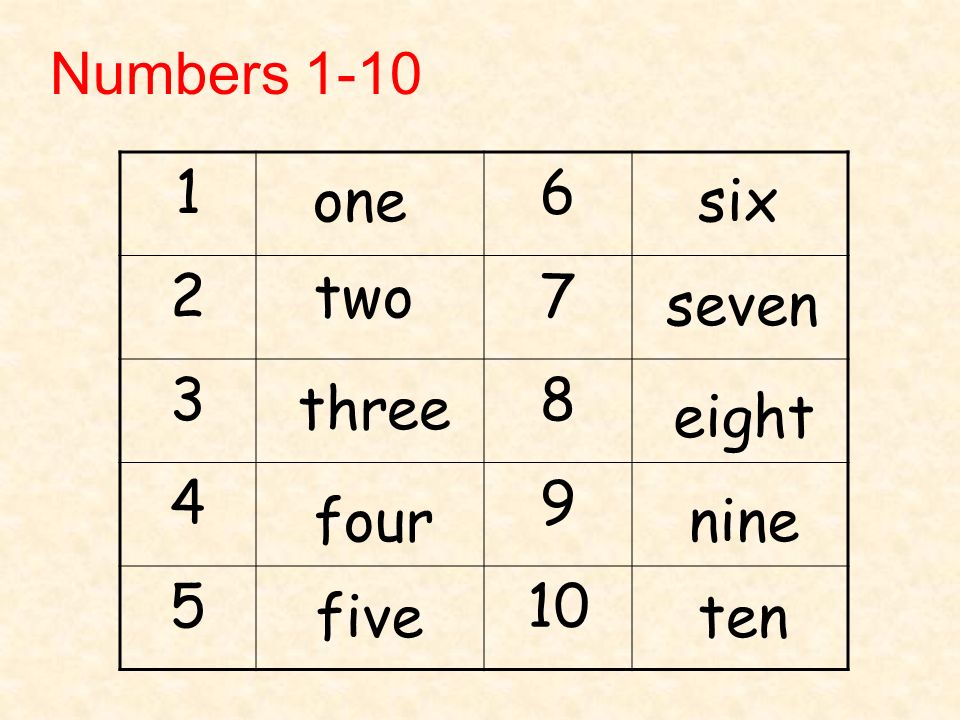
Of course, the way to maximize teaching numbers with young students is to do this more than once.
You can print this story and read it as often as you want.
To make it more fun and interactive, let's talk about how to engage the student's whole body in order to learn how to write numbers even faster.
Teach them with a video
A video can take learning how to write numbers and make it more interactive. So, use this free Monster Numbers video for kindergarten to your advantage!
We love throwing it up on a big screen to practice forming numbers with arms, elbows, legs, and heads. So much fun!
It also works great if you break it up into parts to focus on just a couple of numbers!
Enjoy this free how to write numbers video - it's about 10 minutes so it is a mini-lesson in itself, but should help get kinders moving while they're learning.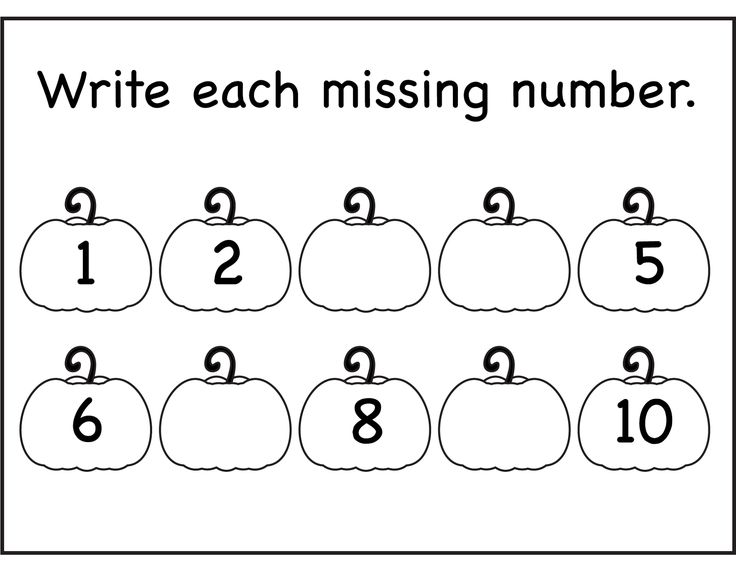
Now that you've laid a good foundation by reading and re-reading Monster Numbers and showing the video a few times - it's time to give the students practice in small groups.
Teach them in small groups
Have your students create their own little Monster Numbers book and "capture" monsters by completing the pages.
I like using this as a lesson with my guided math groups.
The mini-book starts with the number 5, since that's where most kinders need work on counting 1:1 when they enter kindergarten.
Do a few pages together, using the chants you learned from the book and video, and let students get some pencil and paper practice.
Send the little books home so that parents can see what students are working on.
Use the number handwriting chants any time you can
Now that your students can practically recite the whole video along - it's time to use those easy-to-remember chants any time your students are working on writing numbers, or need help with writing numbers correctly.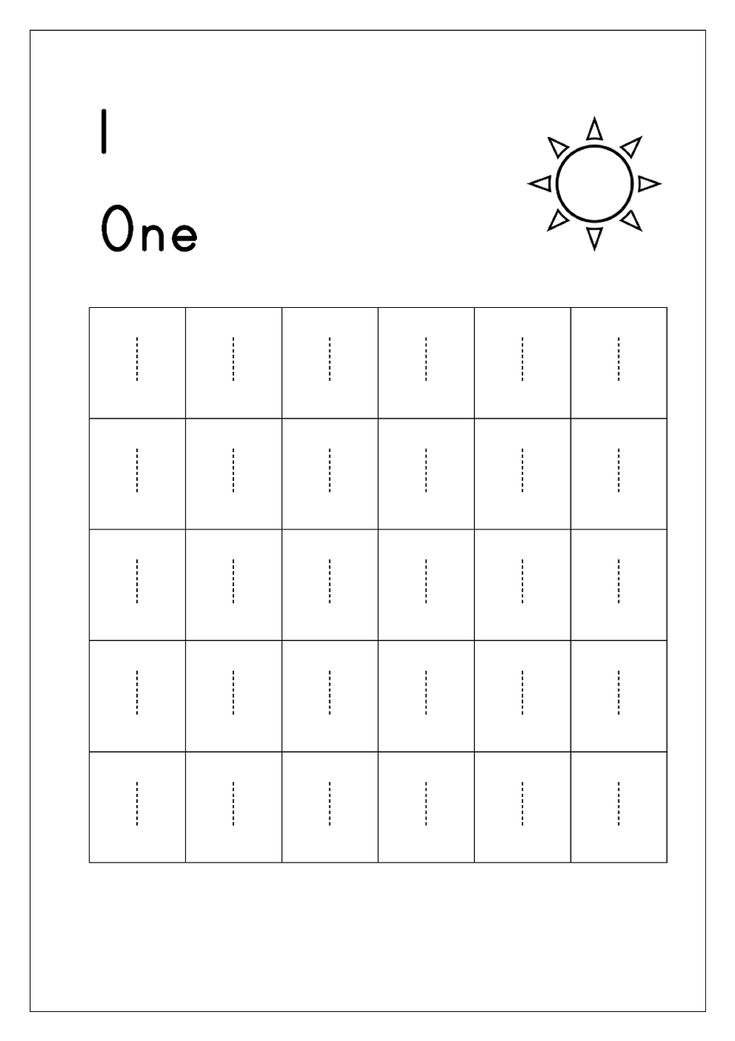
Whenever students are attempting to write on their own, or you are writing numbers in front of the whole class (like during calendar time) - use the chants!
Prompt students with a few words and let them finish saying it aloud.
Send home a set of the chants to go home to parents so they can use them at home too!
Hopefully, these will earn some at-home fridge space for a few weeks. {wink}
Teach what is a ten frame
Help your students quickly develop number sense by helping them see numbers in an organized way.
Introduce a ten frame - using a ten frame has been critical for me to teach so many math skills. But, let me make it easy for you. Your kids have already been exposed to one!
The "monster keeper" from the book is a ten frame.
It's a great visual for kinders and you can print as many monster manipulatives you'd like.
Use the ten frame whole group or with your small groups as needed -they are fantastic for exploring how to count, touching objects 1:1, and getting to know the layout of a ten frame.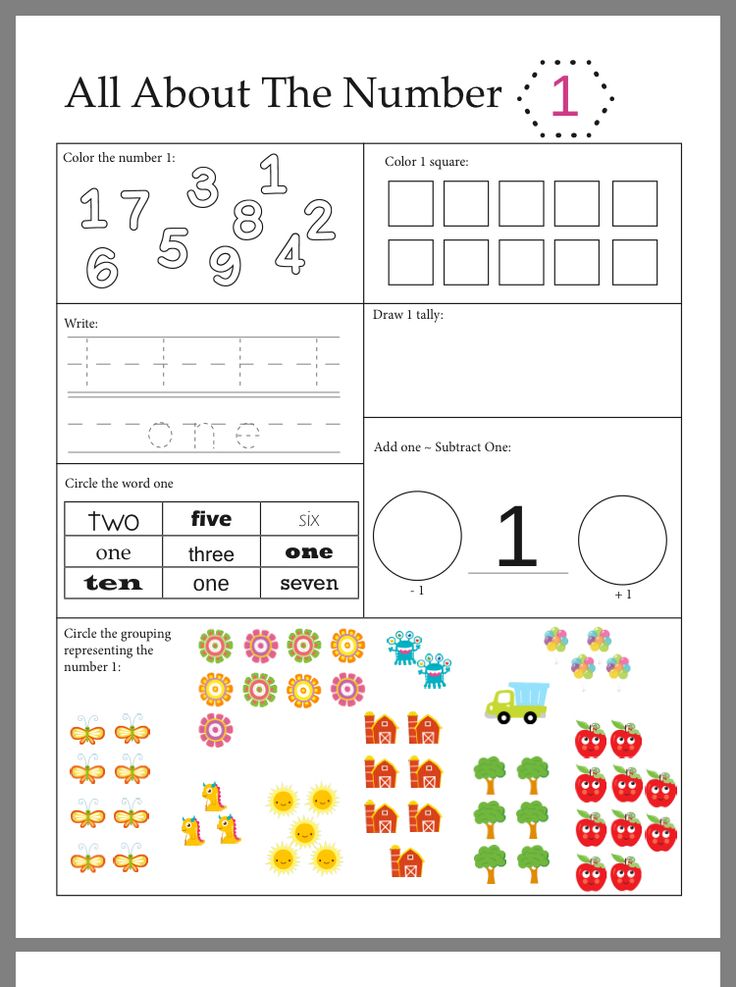
Teach them how counters of any kind can be placed into a ten frame to help objects stay organized and make it easier to count.
Down the line in the school year, students will learn that 5 on top and 2 on the bottom is 7 without having to count each object. That's powerful when it comes to teaching your students how to subitize larger numbers.
For now, teach them what a ten frame is and use it often for counting.
Related: How to make ten frame manipulatives
Use some independent activities
You've taught counting 1:1 and how to form numbers as a whole group, in small groups and now you need to give students lots of practice doing this on their own using independent activities.
There are tons of printables, simple games, and center activities out there that can help you accomplish this.
I made a center activity that didn't need an explanation of how to do it. This way I could use it at the beginning of the school year when kinders aren't very independent workers yet.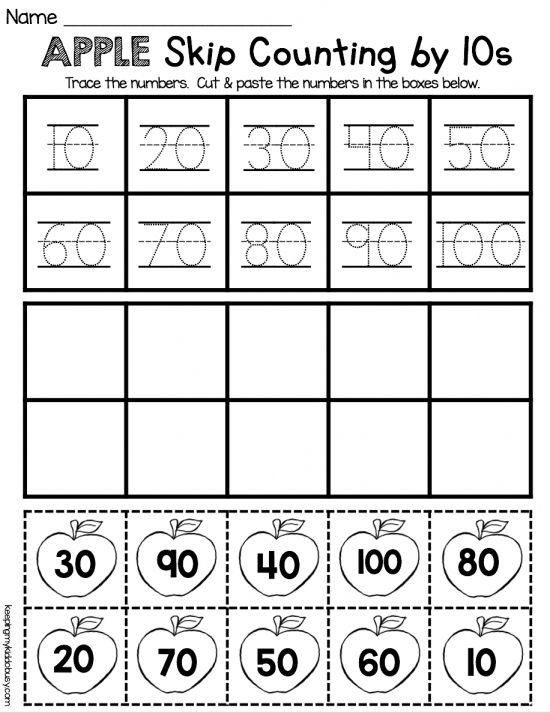
Since most students come into kindergarten with the general concept of how to do a puzzle - I simply made ten frames into number puzzles to bring it all together.
There are two different kinds of puzzles to allow for differentiation.
The 3-piece number puzzles all have the same shape which means they have to count if they are to get the puzzle correct.
Revisit what worked
If you've been teaching students how to count and how to form numbers:
- whole group
- in small groups
- with independent activities
and using the number chants whenever you can - your students will be well on their way to using numbers - not just learning them - in kindergarten!
Since the monster number ten frames are kinder-friendly, it's easy to use them again when it's time to introduce a new skill.
Once they know numbers to 10, it's time to dig deeper into numbers 0-5.
A special note - making 5 is a huge concept in kindergarten, so don't skip, ignore or gloss over it!
And then you're ready to focus on digging deeper into numbers 5-10.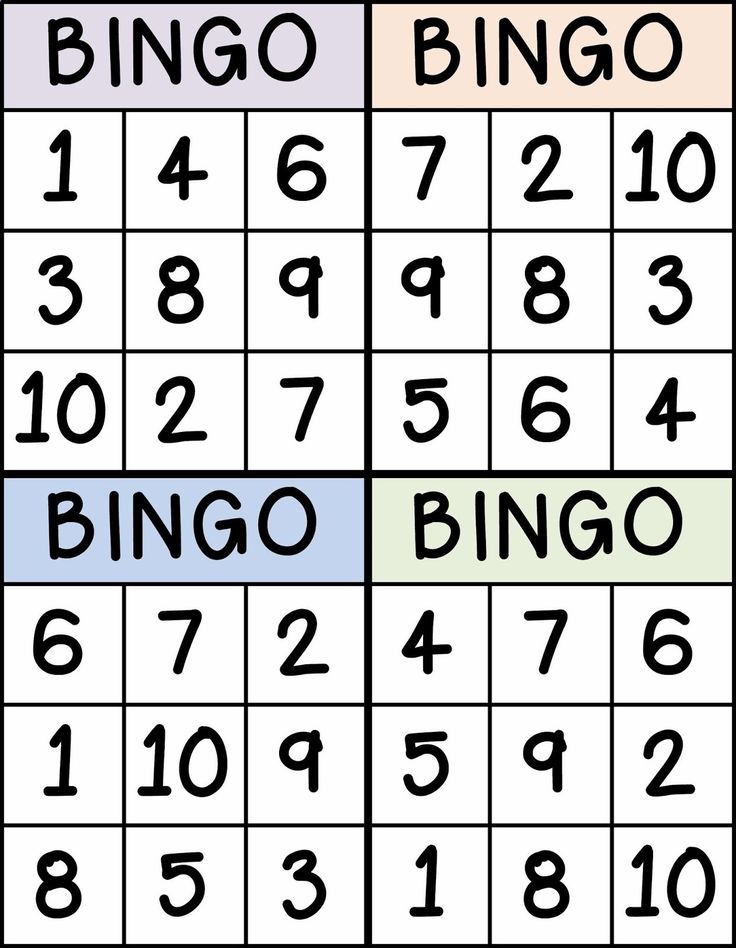
Since I kind of loathe worksheets, I've made ten frame workmats. They are great for giving students a target number to make in different ways.
Students practice different ways of making numbers 5-10 You can use the workmats along with the recording sheets if you want.
They were fun to make and I love the idea of even using bingo-daubers for representing items in a ten frame. In this case, those daubers will create fantastic monsters.
Get Monster Numbers
If you love the idea of using this printable book and any of the printable resources, you can purchase the Monster Numbers Pack here:
Go to Purchase
You'll get:
- the 35-page printable "Monster Numbers" book
- Audio recording (mp3) of this book read aloud by me
- CD label image
- 3 differentiated sets of number puzzles (Matching numbers to ten frames 1-10)
- Handwriting 0-10 chant poster/parent resource
- 11 page "My Monster Numbers" mini-book
- 5 workmats and 5 matching recording sheets
- Manipulative monster pictures and monster-themed ten frames (Monster-Keepers)
Bonus: Teach them with playdough
I love teaching things in tactile ways. Playdough is a staple material in my kindergarten classroom.
Playdough is a staple material in my kindergarten classroom.
So, I made sure to create an independent activity that uses playdough to practice forming numbers and counting to ten.
These bonus playdough numeral formation and ten frame work mats still feature the monster keeper and familiar monsters - but transition students into using a plain ten frame to count their playdough monster balls.
You can simply laminate or slide the pages into a plastic sleeve and you're set to go!
Go to Purchase
Let's wrap it up
Teach numbers 1-10 in kindergarten by using: whole group, small group and independent activities.
Be sure to use books, videos, chants and get students moving and manipulating objects or playdough whenever you can to make it hands-on.
You're sure to maximize the time you spend teaching numbers to ten this way.
I hope that the Monster Numbers video and printable resources can help make it easier to quickly implement in your kindergarten classroom.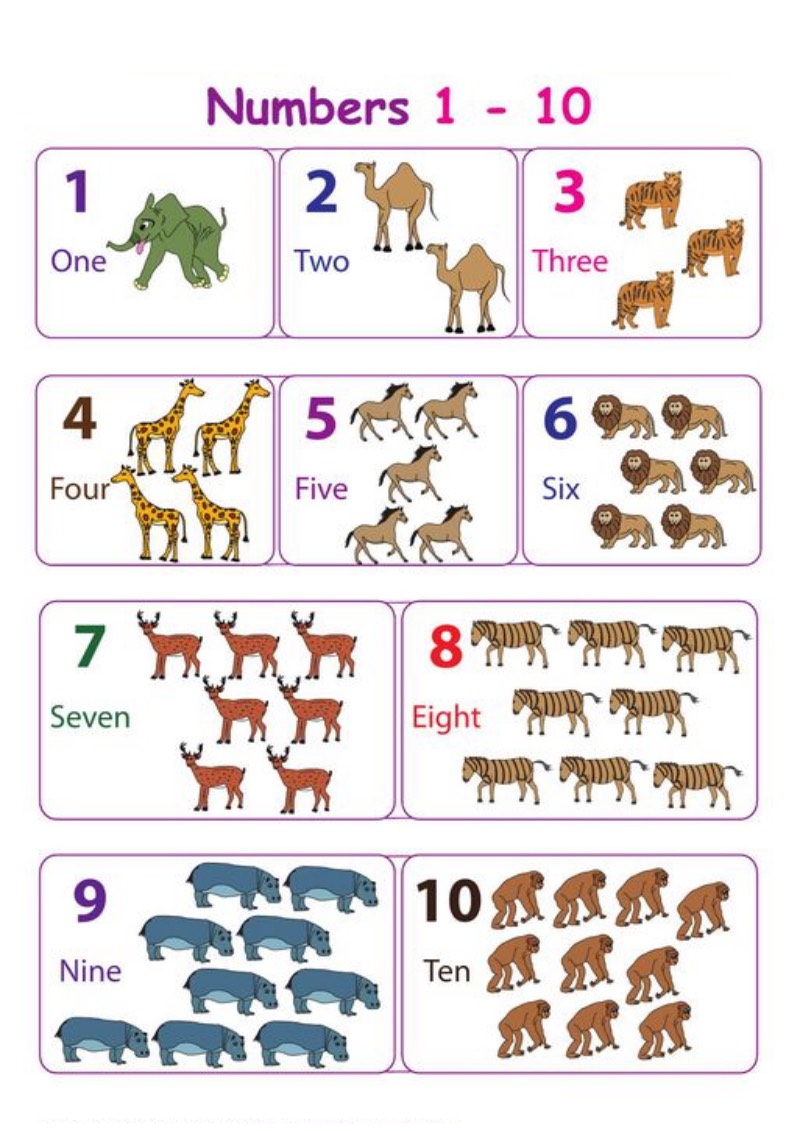
If you like what I do here on KindergartenWorks, then be sure to subscribe today. I look forward to sharing ideas with you weekly.
More Math
- Making 5 Fluency Ideas and Games
- Learning Teen Numbers in Kindergarten
- Teach: How to Draw a Ten Frame
- 2 Activities and 5 Videos to Teach 2D Shapes
Numbers and numbers in English with pronunciation and transcription
We use counting every day: we need numbers and numbers to indicate time, number of people and objects, to name an address or phone number, for mathematical operations. In this article, we will understand how numbers are formed and used in English. Let's consider all groups of numbers in more detail.
Numbers from 0 to 12
Basic numbers - from 0 to 12. The rules for their formation differ from the rules for the formation of other numbers. Why exactly 12? Because in the old days, the duodecimal number system was used for counting. This means that they counted not in tens, but in dozens.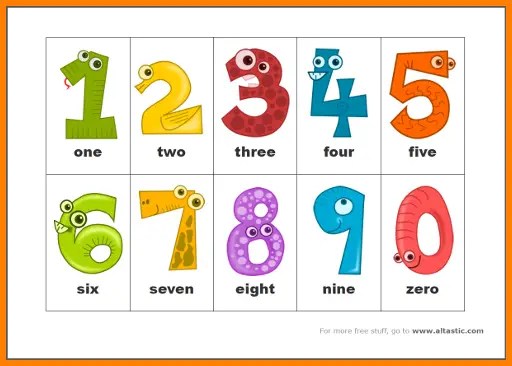 By the way, in English the word "dozen" (12) - dozen - [ˈdʌzən] [ˈdazen].
By the way, in English the word "dozen" (12) - dozen - [ˈdʌzən] [ˈdazen].
The very first digit is zero (0) - zero - [ˈzɪroʊ] [ˈzirou]. But in conversation, most often we pronounce "zero" as oh - [oʊ] [ou].
The table below shows numbers from 0 to 12 with translation and transcription.
- 0 - zero / oh - [ˈzɪroʊ] / [oʊ] [ˈzirou] / [ou] - zero
- 1 - one - [wʌn] [one] - one
- 2 - two - [tu] [tu] - two
- 3 - three - [θri] [sri] - three
- 4 - four - [fɔr] [form] - four
- 5 - five - [faɪv] [five] - five
- 6 - six - [sɪks] [six] - six
- 7 - seven - [ˈsɛvən] [ˈseven] - seven
- 8 - eight - [eɪt] [eit] - eight
- 9 - nine - [naɪn] [nain] - nine
- 10 - ten - [tɛn] [ten] - ten
- 11 - eleven - [ɪˈlɛvən] [iˈleven] - eleven
- 12 - twelve - [twɛlv] [tuelv] - twelve
Numbers 13 to 19
How are the numbers 13 to 19 formed? Very simple - you need to add the suffix -teen to the root of a prime number from 3 to 9.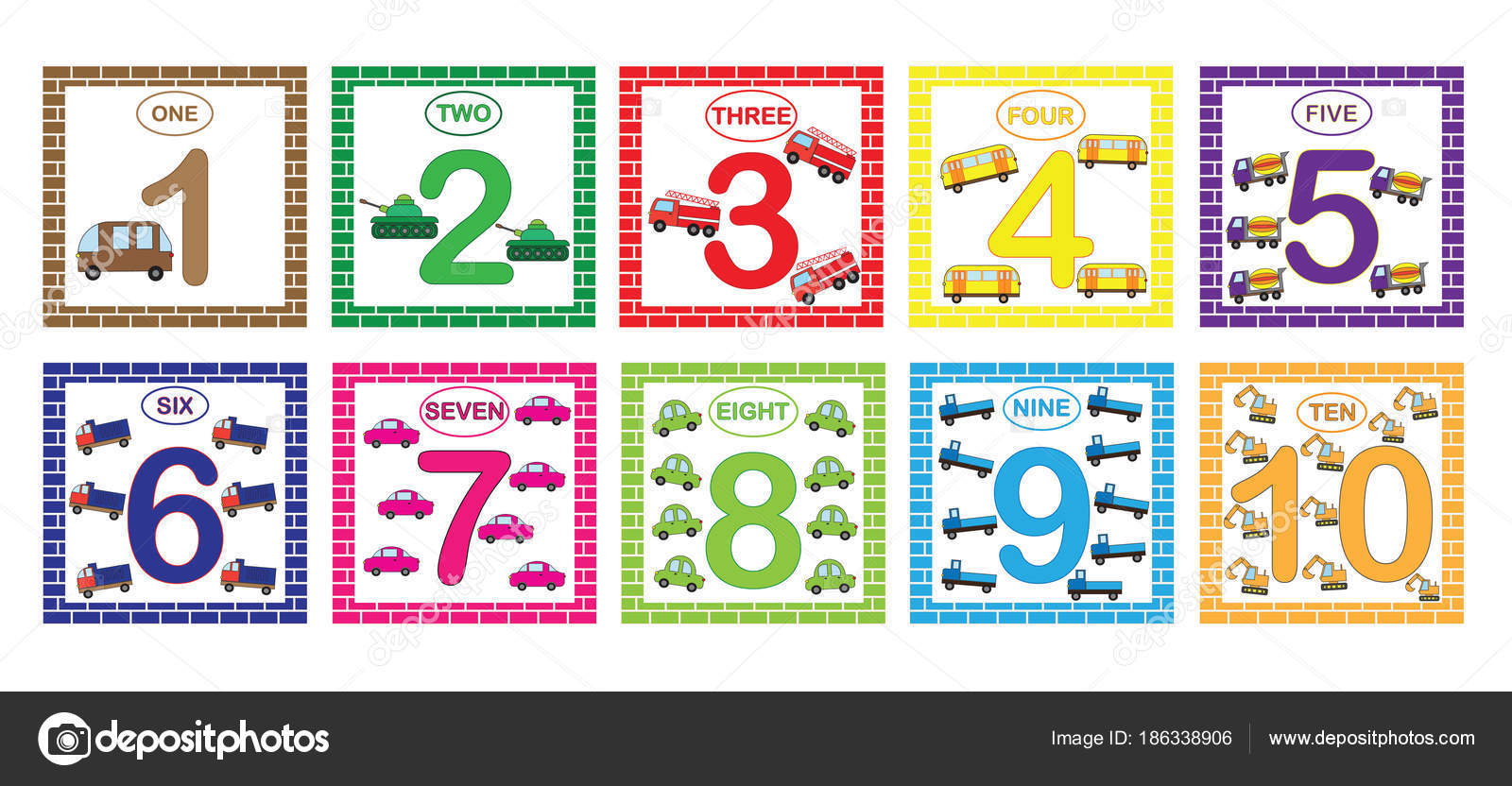 The stress falls just on this syllable. In the numeral 18 (eighteen), the letter t is not doubled. This rule is very easy to remember due to the association with teenagers. In English, this word sounds like teenagers , where teen is just the suffix of the numerals of the “transitional” age, and age is the age.
The stress falls just on this syllable. In the numeral 18 (eighteen), the letter t is not doubled. This rule is very easy to remember due to the association with teenagers. In English, this word sounds like teenagers , where teen is just the suffix of the numerals of the “transitional” age, and age is the age.
- 13 - thirteen - [ˈθɜrˈtin] [ˈserˈtin] - thirteen
- 14 - fourteen - [ˈfɔrˈtin] [ˈforˈtin] - fourteen
- 15 - fifteen - [fɪfˈtin] [fiftˈtin] - fifteen
- 16 - sixteen - [sɪkˈstin] [sikˈstin] - sixteen
- 17 - seventeen - [ˈsɛvənˈtin] [ˈsevenˈtin] - seventeen
- 18 - eighteen - [eɪˈtin] [eyˈtin] - eighteen
- 19 - nineteen
Numbers from 20 to 90
To form tens, add the suffix -ty to the root of a prime number.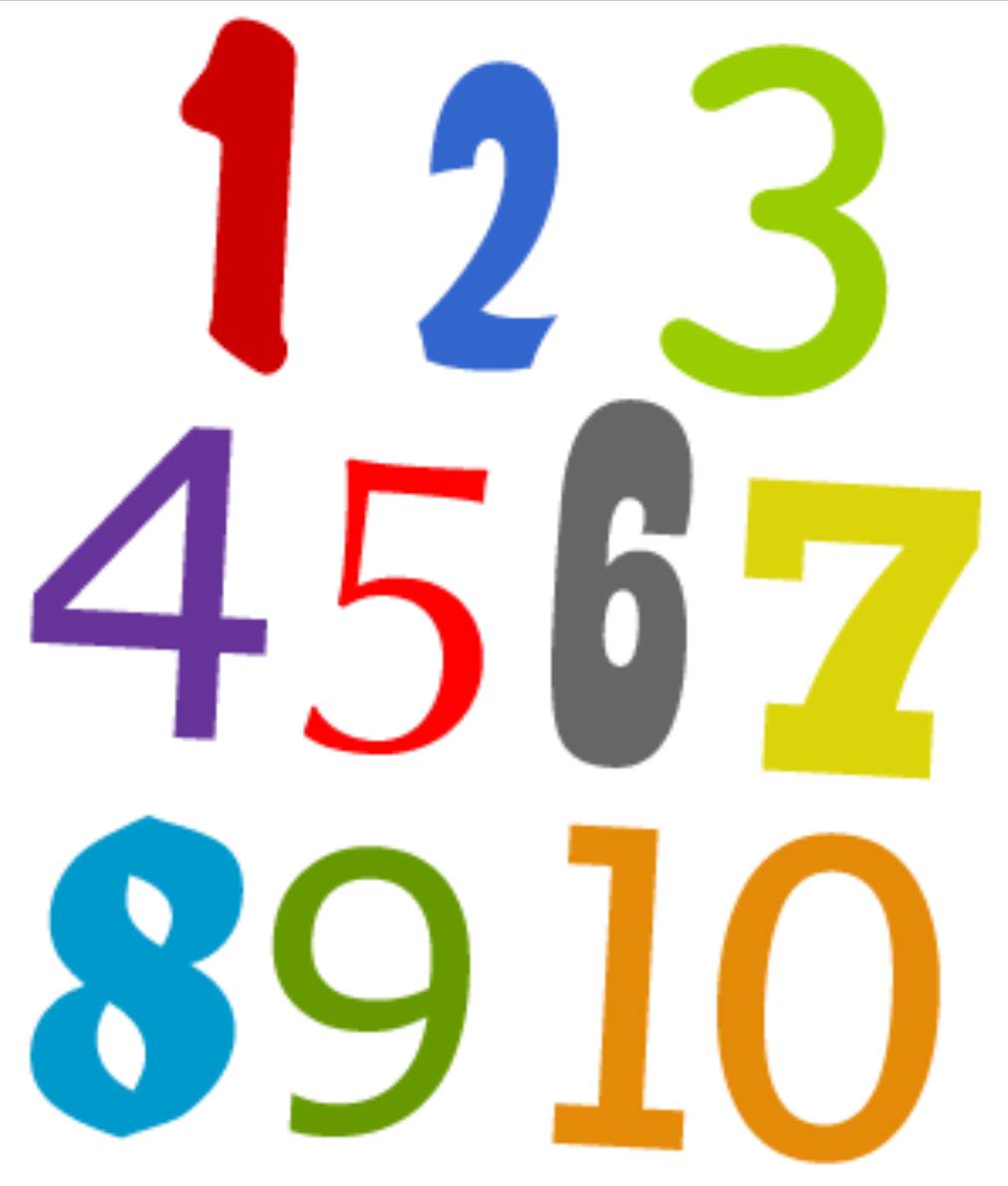 Unlike numerals 13-19, where the stress falls on the last syllable, in the case of tens, the stress always falls on the first syllable.
Unlike numerals 13-19, where the stress falls on the last syllable, in the case of tens, the stress always falls on the first syllable.
- 20 - twenty - [ˈtwɛnti] [ˈtuenti] - twenty
- 30 - thirty - [ˈθɜrdi] [ˈangry] - thirty
- 40 - forty - [ˈfɔrti] [ˈforti] - forty
- 50 - fifty - [ˈfɪfti] [ˈfifty] - fifty
- 60 - sixty - [ˈsɪksti] [ˈsixty] - sixty
- 70 - seventy - [ˈsɛvənti] [ˈseventi] - seventy
- 80 - eighty - [ˈeɪti] [ˈgo] - eighty
- 90 - ninety - [ˈnaɪnti] [ˈnainti] - ninety
To form two-digit numbers, a hyphen and the name of a number from 1 to 9 are added to the tens. For example:
- 28 - twenty-eight
- 53 - fifty-three - [ˈfɪfti-θri] [ˈfifti-sri]
- 76 - seventy-six - [ˈsɛvənti - sɪks] [ˈseventi - six]
Hundreds, thousands, millions, billions
Speaking of one hundred, one thousand, one million and other large numbers, either the word 9 must be used before the number0009 one (one), or the indefinite article a (meaning "one"). It is important to remember that for the numerals hundred, thousand, million, billion, the ending -s is not added.
It is important to remember that for the numerals hundred, thousand, million, billion, the ending -s is not added.
- 100 - a / one hundred - [ˈhʌndrəd] [ˈhandred] - one hundred
- 1 000 - a / one thousand - [ˈθaʊzənd] [ˈsauzand] - one thousand
- 1,000,000 - a / one million - [ˈmɪljən] [ˈmillen] - one million
- 1,000,000,000 - a / one billion - [ˈbɪljən] [ˈbilen] - billion
The plural ending -s / -es is added only when referring to an indefinite number. Examples:
- Four hundred people were evacuated yesterday. - Four hundred people were evacuated yesterday.
- Hundreds of people were affected by the hurricane. - Hundreds of people were affected by the hurricane.
With hundreds, thousands and millions, everything is quite simple: the first word is a number, the second is the word "hundred" - hundred (or a thousand, a million, etc. ). Large numbers, which consist of several millions, hundreds, etc., are written and read in the same order as in Russian. In English, when writing large numbers, billions, millions and thousands are separated by commas. The dot separates the integer and fractional parts of the number. For example:
). Large numbers, which consist of several millions, hundreds, etc., are written and read in the same order as in Russian. In English, when writing large numbers, billions, millions and thousands are separated by commas. The dot separates the integer and fractional parts of the number. For example:
- 200 - two hundred
- 3,000 - three thousand
- 15,000,000 - fifteen million
- 2.076 - two thousand and seventy-six
- 4,540,123 - four million five hundred forty thousand one hundred twenty-three
Zero in English
In American English, zero is commonly used in two forms:
- Zero
- O - [oʊ] [o]
Zero is commonly used as "number 0" or in the meaning of "nothing". O is most commonly used in phone numbers or in years.
For example:
- He has zero chances to win. He has zero chances of winning.

- A million is written as one followed by six zeros . — A million is written as one followed by six zeros .
- Jane was born in nineteen oh nine. Jane was born at 19 0 9.
- My phone number is nine oh five six oh four three oh two — My phone number is 9 0 5-6 0 4-3 0 2.
Ordinal numbers
Ordinal numbers answer the question "which one (according to the account)?". Ordinal numbers in English are used with the definite article the , as they act as a definition for a specific noun.
The rule for the formation of an ordinal number is simple: the suffix -th is simply added to the cardinal number: four - fourth (four - fourth).
Tens that end in -y change this suffix to -ie and add -th as well: fift y - fift ieth (fifty - fiftieth).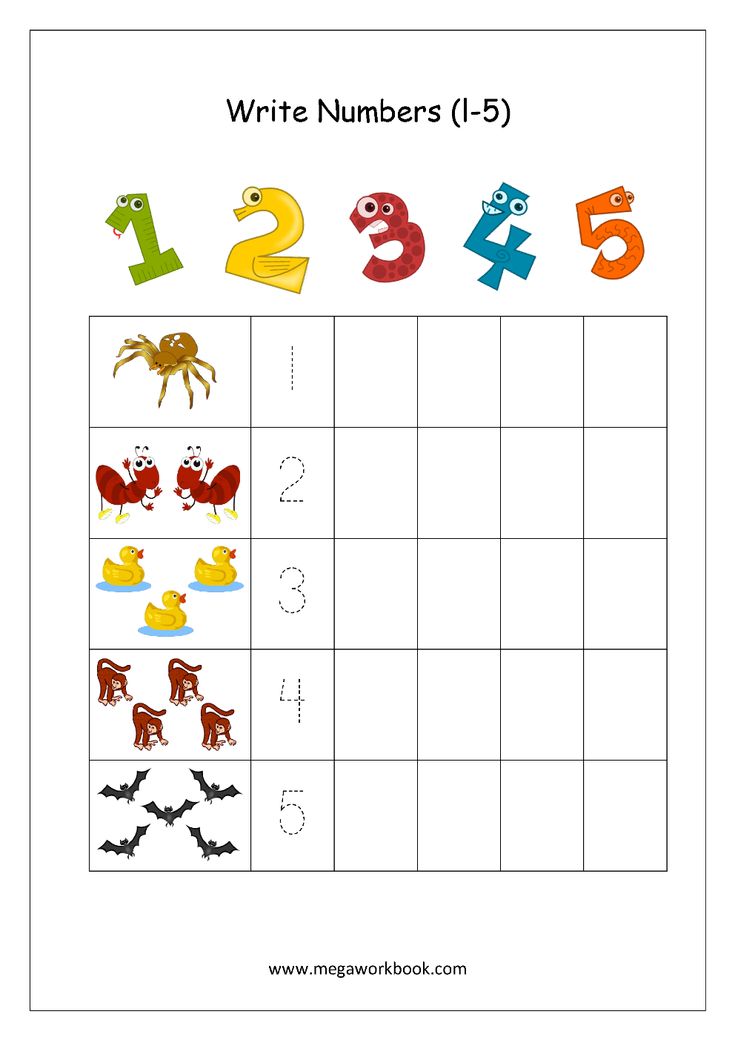
Important! Exceptions:
- the first - [fɜrst] [first] - first
- the second - [ˈsɛkənd] [ˈsecond] - second
- the third - [θɜrd] [heart] - third
- the fifth - [fɪfθ] [fifs] - fifth
- the ninth - [naɪnθ] [ninth] - ninth
- the twelfth - [twɛlfθ] [tuelfs] - twelfth
Examples:
- The first ball was yellow, the second one was red, and the third ball was blue. - The first ball was yellow, the second was red, and the third ball was blue.
- We celebrated our thirty-fifth anniversary in Prague. — We celebrated our thirty-fifth anniversary in Prague.
- Her fifth child had beautiful red hair. Her fifth child had beautiful red hair.
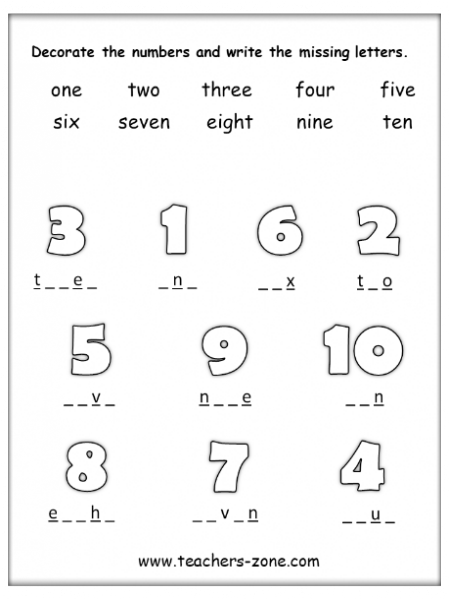
Read also:
- English alphabet for children
- Learn colors in English
- Greeting in English: learning how to say hello in different situations
Numbers in addresses
When indicating the number of an apartment, building, or office, cardinal numbers should be used. You can read the numbers in full or as separate digits.
Examples:
- I live in apartment 317 (three hundred seventeen / three one seven). I live in apartment number three hundred and seventeen.
- Her office is located in building number thirteen. Her office is in building number thirteen.
Ordinal numbers in street names are usually abbreviated as ordinal numbers without using the article: 5th Avenue.
It is also worth remembering that in English, for example, when indicating the address on an envelope to a letter, the apartment or office number should be indicated before the building number.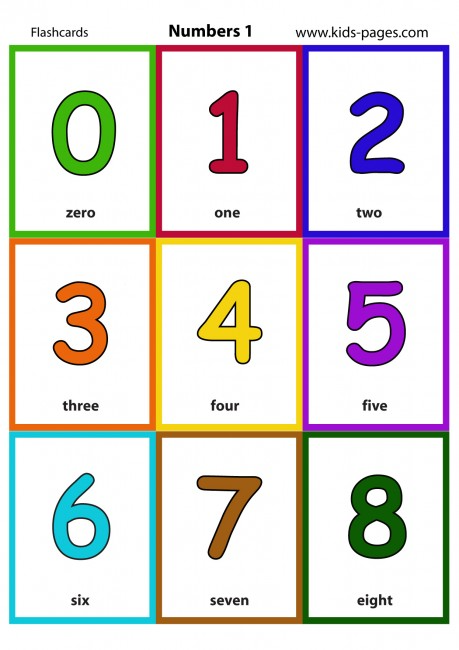 Read more about how to correctly indicate the address in English in a separate article.
Read more about how to correctly indicate the address in English in a separate article.
English for children
Group and individual online English lessons for children with a native speaker. Try it for free!
try
Numbers in phone numbers
To dictate a phone number in English, you just need to say each number individually. In this case, the number 0, as a rule, is read as O - [oʊ] [oh]. If a number is repeated twice, they often say double - [ˈdʌbəl] [ˈdabel] - double. If the number is repeated three times, we can say triple - [ˈtrɪpəl] [ˈtripel] - triple.
Examples:
- 548-99-02 - five four eight double nine oh two
- 805-333-12 eight oh five triple three one two
Identification numbers
This category includes numbers used to number phenomena, objects, people. For this purpose, both ordinal and cardinal numbers are used.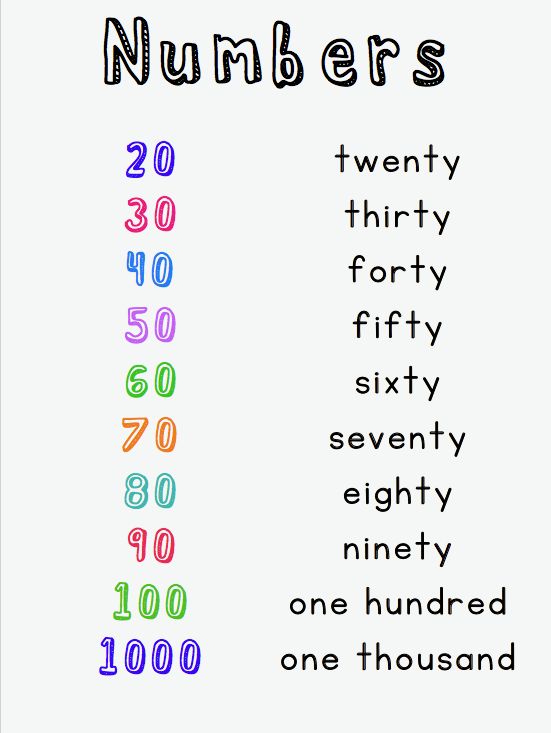
- So, speaking of people, ordinal numbers with the definite article the are used: Henry VIII - Henry the Eighth - Henry the Eighth.
- When it comes to events, cardinal numbers are used in English: World War II - World War Two - World War II.
- In other cases, cardinal numbers are also usually used: Channel 5 - Channel Five - Channel Five. Sometimes it is allowed to add the word number: carriage # 7 - carriage seven / carriage number 7 - car number 7.
Numbers in dates
Numbers in dates are indicated by ordinal numbers, and years by cardinal numbers. In American English, dates begin with the day of the month. That is, June 4, 1993 should be written like this: 6/4/1993.
According to the rules, the date is read with the definite article and the preposition of :
- June 4 = June 4th = the fourth of June. You can also read 4/6 as June the fourth (without the preposition of).
The word year is usually not pronounced in dates:
- 6/4/1993 - June 4th, 1993 / the fourth of June nineteen ninety-three / June the fourth nineteen ninety-three.
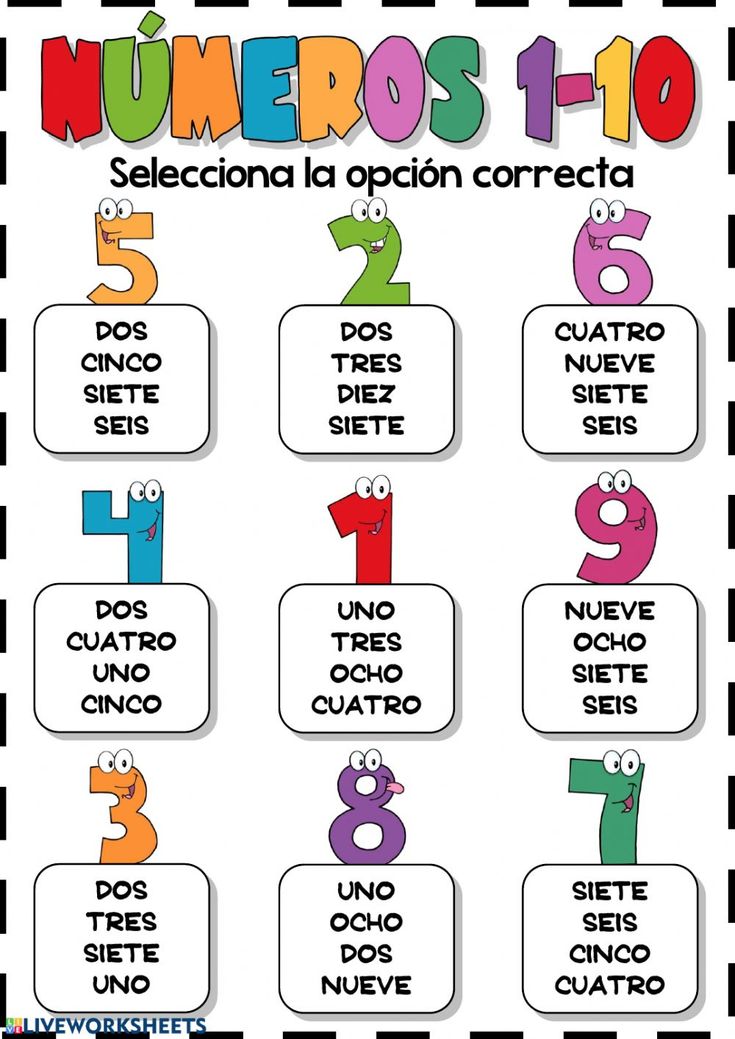
As for how to name years correctly, there are several nuances:
- a four-digit year is read as two two-digit numbers: 1845 - eighteen forty-five;
- the beginning of the century is pronounced with the word hundred : 1300 - thirteen hundred;
- the beginning of the millennium is read with the word thousand : 2000 - two thousand;
- the first nine years of a century or millennium are read in full or as one two-digit and one single-digit number: 1608 - sixteen hundred and eight / sixteen oh eight, 2008 - two thousand and eight / twenty oh eight
- a three-digit year is pronounced in full or as a one-digit and two-digit number: 547 - five hundred forty-seven / five forty-seven;
- two-digit year is pronounced as a two-digit number: 66 - sixty-six.
When speaking of decades, numerals are pronounced with the article the and with the addition of the ending -s / -es :
- the 1840s = the eighteen forties (1840s),
- the 70s = the seventies (70s).

Centuries are indicated by Arabic or Roman numerals, and in oral speech ordinal numbers are used to designate:
- the 20th century = the XX century = the twentieth century - the twentieth century.
If it is necessary to indicate the era in English, the abbreviations BC (Before Christ) - BC (before the birth of Christ) and AD (lat. Anno Domini) - AD (from the birth of Christ) are used. For example:
- 235 BC - 235 BC. e.,
- 115 AD - 115 AD.
Read more: Rules for writing dates in English
Numbers in hours and minutes
American English uses the numbers 1 to 12 for the hour and the pointers a. m. (lat. ante meridiem - before noon) and p. m. (lat. post meridiem - after noon). For example:
- 10 a.m. — 10 am,
- 7 p.m. – 7 p.m. / 7 p.m.
To indicate an even number of hours, the word o'clock is used : 5 o'clock - 5 hours.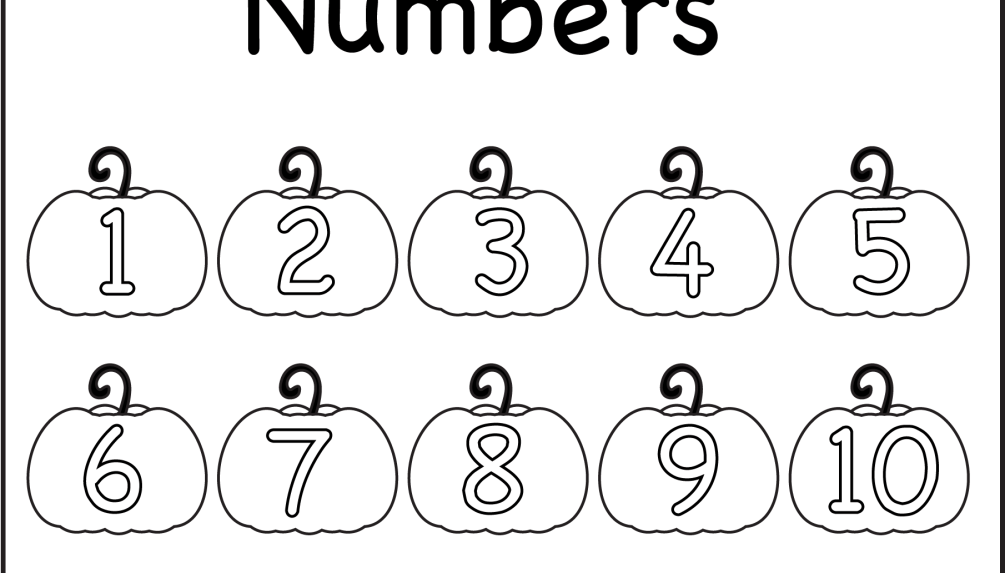
Also, the words past (after) and to (before) are often used to indicate time in English:
- 11.10— ten past eleven / eleven ten,
- 11.50 - ten to twelve / eleven fifty.
The words quarter (quarter) and half (half) are also used to indicate 15 and 30 minutes:
- 3.15 - quarter past three / three fifteen,
- 2.30 - half past two / two thirty.
Numbers in fractions and percentages
When talking about fractional numbers, the cardinal number is used for the numerator, and the ordinal number for the denominator. If the numerator is one, you can say one or a . When the numerator is greater than 1, add the ending -s / -es to the ordinal number in the denominator. For example:
- 1/4 - a fourth / one fourth;
- 2/5 - two fifths.
By the way, 1/2 part is also called a half (half), 1/3 - a third (third), 1/4 - a quarter (quarter).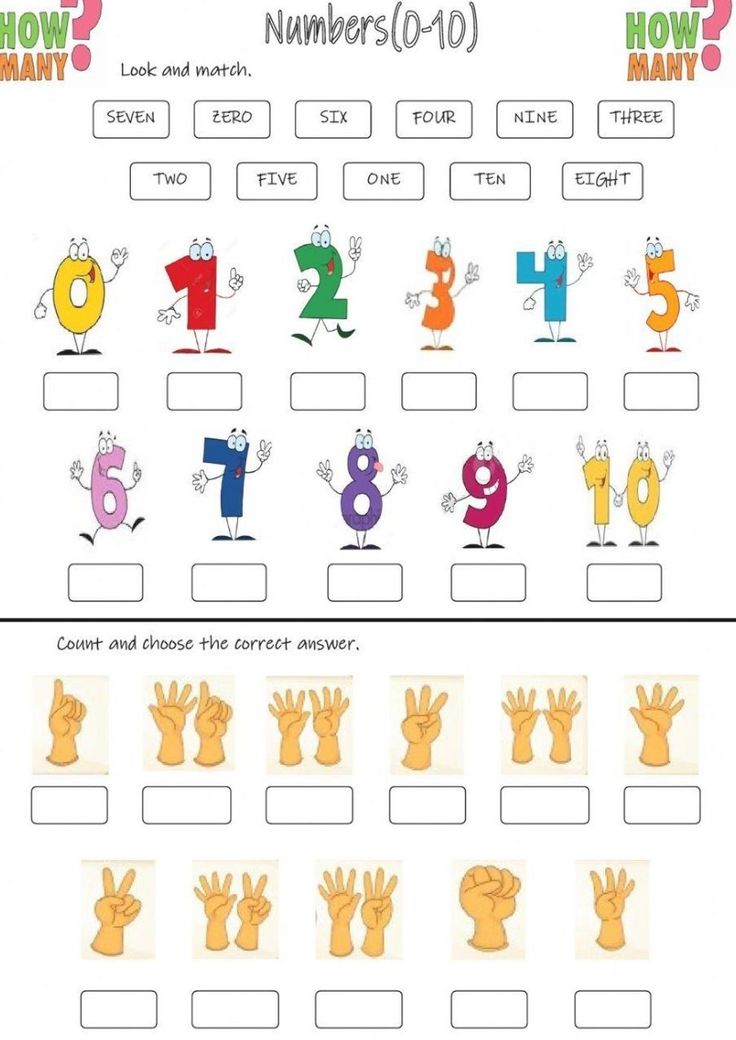
The union and must be added between integer and fractional: 3 1/3 = three and a third / three and one third.
English decimals use a point ( point ). You can call the whole fraction in one of two ways:
- call the whole part, add the union and , and sound the hundredth, thousandth, etc. part: 15.38 - fifteen and thirty-eight hundredths;
- say the numbers separately before the point and after the point: 15.38 - one five point three eight.
If the point is 0 , you can not pronounce it: 0.345 - point three hundred forty-five thousandths / point three four five.
Percentages are transferred in the form of decimal fractions or using the word percent. This word does not change its form in the plural: 65% - sixty-five percent.
Math operations with English numbers
Here are the basic words that are used in English to denote mathematical operations:
- plus - [plʌs] [plas] - plus
- minus - [ˈmaɪnəs] [ˈmaines] - minus
- multiplied by
- divided by
- equal - [ˈikwəl] [ˈikuel] - equal to
Examples:
- 22 + 11 = 33 - twenty-two plus eleven equals thirty-three
- 16 - 3 = 13 - sixteen minus three equals thirteen
- 2 x 12 = 24 - two multiplied by twelve equals twenty-four
- 27 : 3 = 9 - twenty-seven divided by three equals nine
Sometimes the word equal (equal) is replaced by the word is : 5 + 3 = 8 - five plus three is eight.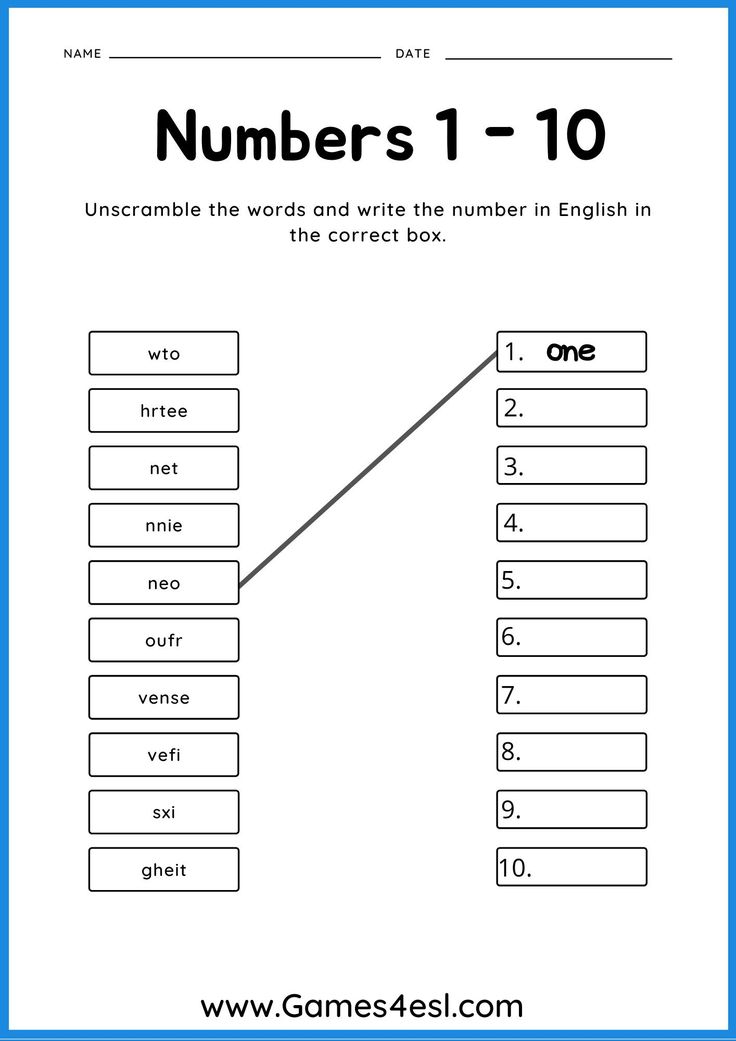
Multiplication can also be expressed using the word times : 6 x 8 = 48 - six times eight is forty-eight.
Negative numbers
To indicate negative numbers in writing, the sign “-“ is used, and in oral speech - the word minus or negative : -3 - minus three / negative three.
When referring to temperature, use the phrase below zero (below zero). For example: -10°F - ten below zero / minus ten degrees Fahrenheit.
Numbering of chapters and pages
Numbering of chapters and pages in books uses identifying numbers, that is, first the name of the object, followed by a cardinal number:
- Chapter III - Chapter Three
- page 49 - page forty-nine - page 49.
Numbers in the designation of money
To designate money, a numeral is used, followed by the name of the currency in the plural (with the addition of the ending -s ).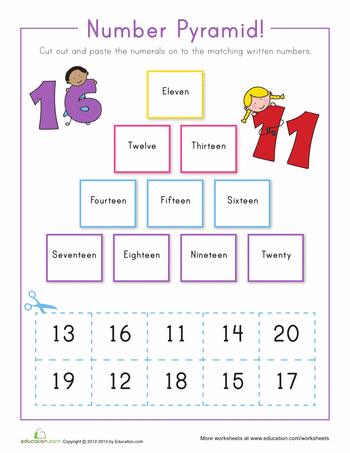 If the expression includes the mention of kopecks, cents, then this part is voiced as an ordinary number. Although the currency symbol is written before the number, the number is read first and then the name of the currency.
If the expression includes the mention of kopecks, cents, then this part is voiced as an ordinary number. Although the currency symbol is written before the number, the number is read first and then the name of the currency.
Examples:
- $100 - one hundred dollars
- €6.95 - six euros ninety-five
- £25,500
- ¥1,000,000 - one million yen
Yen (¥) is an exception word in which the plural ending is not added.
Numbers in business documents
In documents, numbers are used according to general rules. The only important nuance is that they are necessarily duplicated in a written equivalent. For example:
- The client deposited $1,000 (one thousand dollars) on to his bank account. — The client deposited $1,000 (one thousand dollars) into his bank account.
Numbers in statistics
Uniformity is important in statistics. It is not necessary to duplicate the numbers in writing, but if you have begun to indicate data using numbers, it is important to adhere to this throughout the document.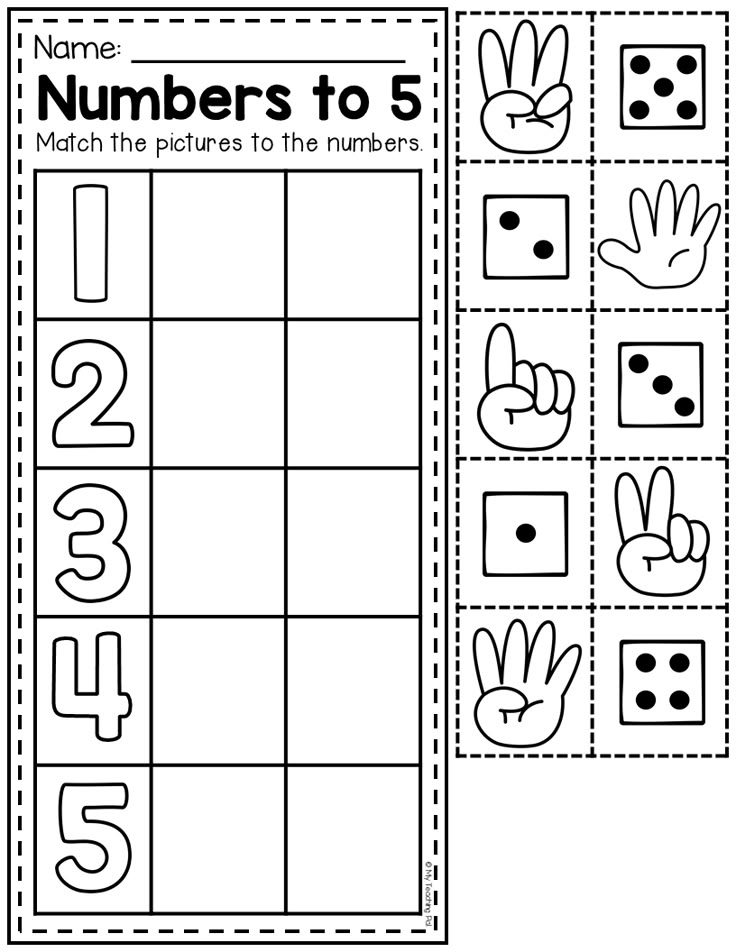 If you started writing data in words, you need to write them in words throughout the document.
If you started writing data in words, you need to write them in words throughout the document.
Percentages in statistics are denoted by %:
- 75% women were interested in this study. - 75% of women were interested in this study.
Numbers at the beginning of sentences
Numbers are not used at the beginning of a sentence. Numerals should be written in cursive: Twelve girls were reading books. The exception is headings, they can use numbers: 7 Tips on Writing Better.
Combined numbers
In writing, it is preferable to use one variant of the use of numerals: either an alphabetic or numeric equivalent. But if the abundance of numbers can interfere with the perception of information, it is worth using combined numbers. For example:
Eighteen 4-seater boats departed from the pier today. — Eighteen 4-seater boats left the pier today.
Conclusion
Numerals are used to express the number or order of objects.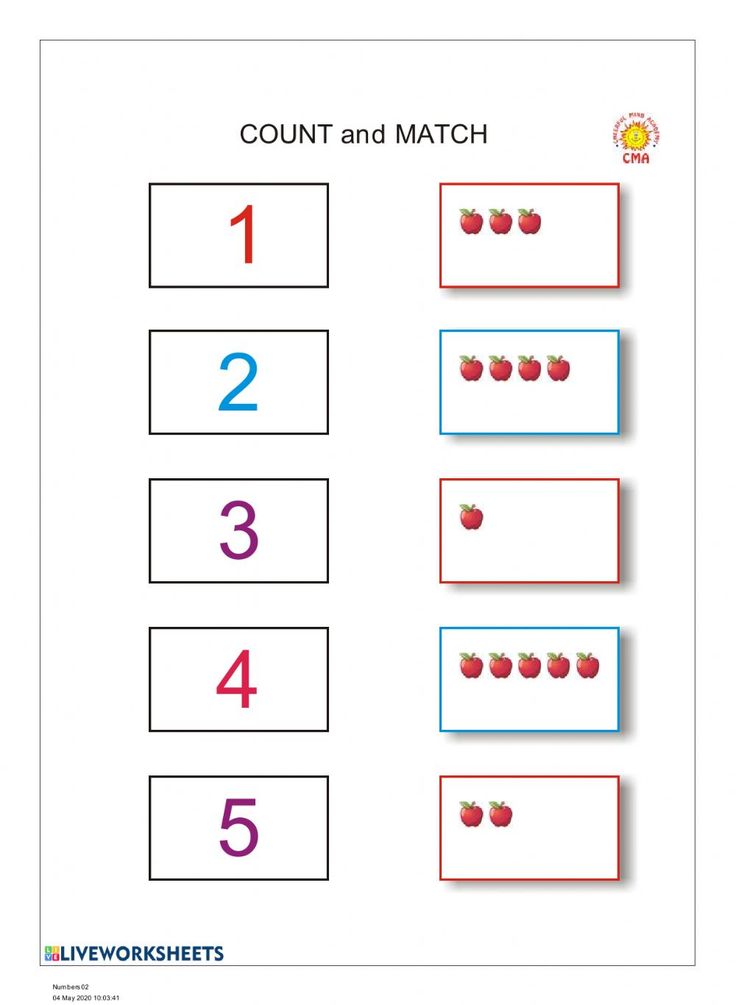 In writing, they can be denoted by letters or numbers (Arabic or Roman). Numerals from 1 to 12 are formed according to certain rules that differ from the formation of numerals 13-19, 20-90, hundreds, thousands, etc.
In writing, they can be denoted by letters or numbers (Arabic or Roman). Numerals from 1 to 12 are formed according to certain rules that differ from the formation of numerals 13-19, 20-90, hundreds, thousands, etc.
numbers, use of numerals in dates, addresses, numbering of chapters, pages and other objects. And although this topic is quite extensive, it will not be difficult to remember the rules, since many of them are similar to the rules of the Russian language, and some are even much simpler. And for a better understanding of pronunciation, we recommend reading new words with transcription and examples.
French numerals
-
Numbers in French with transcription
The first thing to do before your trip is to learn the numbers in French. You will need numbers to find out the time, flight number, hotel address, or price.
So, first the video with the score in French.
French numbers with pronunciation in front of you. First - from 1 to 10. We give the Russian transcription in the third column to make it easier for you to understand what to say in general if necessary.
1 - one, one
un , une
en, jun
2 - two, two
deux
to
3 - three
trois
trois'
4 - four
square
catr
5 - five
cinq
cen
6 - six
six
sys
7 - seven
sept.

set
8 - eight
huit
yu't
9 - nine
neuf
nave
10 - ten
dix
dis
Now let's move on to the French numbers from 11 to 100. You can find out how much it costs and where the house with the desired number is located. Can't remember? Write it down.
11 - eleven
onze
onz
12 - twelve
douze
duz
13 - thirteen
treize
trez
14 - fourteen
quatorze
kato'rz
15 - fifteen
quinze
kenz
16 - sixteen
size
sez
17 - seventeen
dix-sept
dis-set
18 - eighteen
dixhuit
dis-yu't
19 - nineteen
dix-neuf
design neuf
20 - twenty
vingt
van
21 - twenty one
vingt-et-un (une)
weng-t-e-en (young)
22 - twenty two
vingt-deux
ven-deux
23 - twenty-three
vingt-trois
vin trois'
30 - thirty
trente
trant
31 - thirty one
trente et un
tran-te-en
32 - thirty two
trente deux
trant deux
40 - forty
quarante
kara'nt
41 - forty one
quarante et un
karan-te-en
42 - forty two
quarante deux
quarantine deu
50 - fifty
cinquante
senka'nt
51 - fifty one
cinquante et un
senka'n-te-en
52 - fifty two
cinquante-deux
sancant-de
60 - sixty
soixante
suasa'nt
61 - sixty one
soixante et un
suasa'n-te-en
62 - sixty two
soixante deux
suasa'nt-de
70 - seventy
soixante dix
suasa'nt-di's
71 - seventy one
soixante et onze
suasa'nt-o'nz
72 - seventy two
soixante-douze
suasa'nt-du'z
80 - eighty
square-vingts
Quatre-van
81 - eighty one
square vingt et un
katre-wen-te-en
82 - eighty two
square vingt deux
quatre vin deux
90 - ninety
square vingt dix
quatre-van-dis
91 - ninety one
square-vingt-onze
katre-van-to'nz
92 - ninety-two
square vingt douze
quatre-van-du'z
100 — one hundred
cent
san
French count up to 1000
The first 100 French numbers will be enough to get your bearings in the city, but it may not be enough for a store.
 Do not rely on price tags: sometimes they simply are not there, and you will have to use the French invoice to negotiate with the seller or bargain.
Do not rely on price tags: sometimes they simply are not there, and you will have to use the French invoice to negotiate with the seller or bargain. 101 - one hundred and one
cent un
santen
102 - one hundred and two
cent deux
san deu
110 - one hundred and ten
cent dix
san dis
120 - one hundred and twenty
cent vingt
san van
170 - one hundred and seventy
cent soixante dix
san suasa'nt-dis
175 - one hundred seventy-five
cent soixante quinze
san suasa'nt canz
178 - one hundred seventy-eight
cent soixante-dix-huit
san suasa'nt-diz-yui't
180 - one hundred and eighty
cent square vingts
san quatre-van
186 - one hundred and eighty six
cent square vingts six
san katre-van si
190 - one hundred and ninety
cent square vingt dix
san quatre van dis
197 - one hundred ninety-seven
cent square vingt dix sept
san katre-van-dis-eet
200 - two hundred
deux cents
de san
201 - two hundred and one
deux cent un
de san-ten
202 - two hundred and two
deux cent deux
de sans deu
300 - three hundred
trois cents
trois san
400 - four hundred
square cents
katre sa'n
500 - five hundred
cinq cents
senk sa'n
600 - six hundred
six cents
si sa'n
700 - seven hundred
sept cents
set sa'n
800 — eight hundred
huit cents
yui sa'n
900 - nine hundred
neuf cents
neuf sa'n
1000 - thousand
mille
miles
French numbers with
pronunciationAnd now - the largest numbers in French (with pronunciation).
 Suddenly you decide to buy a house or a car? Joke! In fact, they are needed more for general development. Look, it's not difficult at all. By the way, numbers in French are generally one of the simplest topics. If you don’t master it, you can always use paper and pen or even your fingers to explain to others what you mean.
Suddenly you decide to buy a house or a car? Joke! In fact, they are needed more for general development. Look, it's not difficult at all. By the way, numbers in French are generally one of the simplest topics. If you don’t master it, you can always use paper and pen or even your fingers to explain to others what you mean. 2000 — two thousand
deux mille
de mi
1,000,000 - million
unmillion
en milo'n
1,000,000,000 - billion
un milliard
en milyar
If you don’t understand French numbers and counting by ear well, then we advise you to always wait at the airport for the desired stage of passing near the scoreboard: something can change at any moment, and it’s better to know in advance which exit you should go to and whether the flight will take place at all.
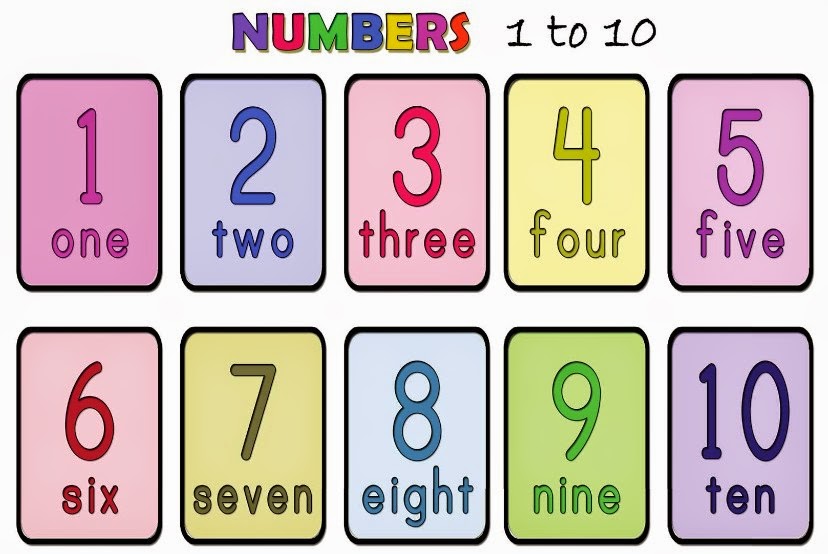
Learn more

